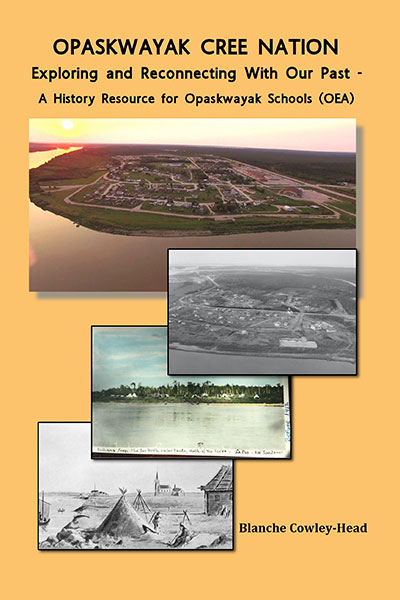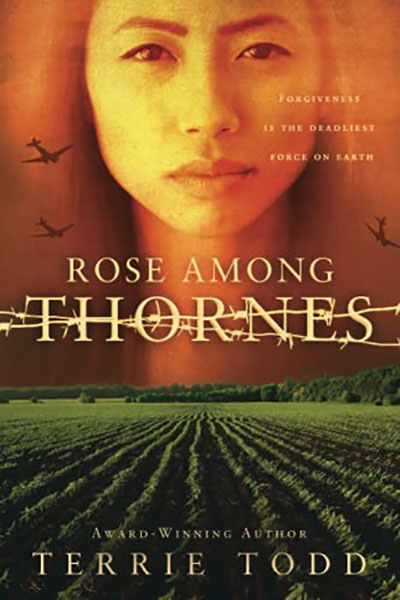The following are the 2021 nominees for Margaret McWilliams Awards, one of the oldest literary awards in Canada, named in honour of writer Margaret McWilliams. Books nominated for this award have been published in the 2021 calendar year.
Award recipients were presented in June 2022 during the Annual General Meeting of the Manitoba Historical Society.
SCHOLARLY HISTORY
Authorized Heritage: Place, Memory, and Historic Sites in Prairie Canada
by Robert Coutts
University of Manitoba PressAuthorized Heritage analyses the history of commemoration at heritage sites across western Canada. Using extensive research from predominantly government records, it argues that heritage narratives are almost always based on national messages that commonly reflect colonial perceptions of the past. Yet many of the places that commemorate Indigenous, fur trade, and settler histories are contested spaces, places such as Batoche, Seven Oaks, and Upper Fort Garry being the most obvious. At these heritage sites, Indigenous views of history confront the conventions of settler colonial pasts and represent the fluid cultural perspectives that should define the shifting ground of heritage space.
Grasslands Grown: Creating Place on the U.S. Northern Plains and Canadian Prairies
by Molly P. Rozum
University of Manitoba PressIn Grasslands Grown Molly P. Rozum explores the two related concepts of regional identity and sense of place by examining a single North American ecological region: the U.S. Great Plains and the Canadian Prairie Provinces. All or parts of modern-day Alberta, Montana, Saskatchewan, North Dakota, South Dakota, and Manitoba form the center of this transnational region. Rozum argues that environmental awareness, including its ecological and cultural aspects, is key to forming a sense of place and a regional identity. The two concepts overlap and reinforce each other: place is more local, ecological, and emotional-sensual, and region is more ideational, national, and geographic in tone. This captivating study examines the growth of place and regional identities as they took shape within generations and over the life cycle.
Mennonite Farmers: Global History of Place and Sustainability
by Royden Loewen
University of Manitoba PressMennonite farmers can be found in dozens of countries spanning five continents. In this comparative world-scale environmental history, Royden Loewen draws on a multi-year study of seven geographically distinctive Anabaptist communities around the world, focusing on Mennonite farmers in Bolivia, Canada, Indonesia, the Netherlands, Russia, the United States, and Zimbabwe. These farmers, who include Amish, Brethren in Christ, and Siberian Baptists, till the land in starkly distinctive climates. They absorb very disparate societal lessons while being shaped by particular faith outlooks, historical memory, and the natural environment. The book reveals the ways in which modern-day Mennonite farmers have adjusted to diverse temperatures, precipitation, soil types, and relative degrees of climate change. These farmers have faced broad global forces of modernization during the twentieth and early twenty-first centuries, from commodity markets and intrusive governments to technologies marked increasingly by the mechanical, chemical, and genetic.
LOCAL HISTORY
Did You See Us? Reunion, Remembrance, and Reclamation at an Urban Residential School
by Survivors of the Assiniboia Indian Residential School & Andrew Woolford, Editor
University of Manitoba PressThe Assiniboia school is unique within Canada’s Indian Residential School system. It was the first residential high school in Manitoba and one of the only residential schools in Canada to be located in a large urban setting. Operating between 1958 and 1973 in a period when the residential school system was in decline, it produced several future leaders, artists, educators, knowledge keepers, and other notable figures. It was in many ways an experiment within the broader destructive framework of Canadian residential schools. Stitching together memories of arrival at, day-to-day life within, and departure from the school with a socio-historical reconstruction of the school and its position in both Winnipeg and the larger residential school system, Did You See Us? offers a glimpse of Assiniboia that is not available in the archival records. It connects readers with a specific residential school and illustrates that residential schools were often complex spaces where forced assimilation and Indigenous resilience co-existed.

Opaskwayak Cree Nation: Exploring and Reconnecting with our Past
by Blanche Cowley-Head
Opaskwayak Educational Authority Inc.For countless generations the ancestors of Opaskwayak Cree Nation (OCN) have lived and thrived on the lands and waters of Opaskwayak in what is now northern Manitoba. This book uniquely explores the history of those generations from a community member perspective. The cosmic beginnings of Opaskwayak ininiwak (people), contact with European settlers and colonialization experiences, up to the 1960s emergence of Opaskwayak Cree Nation self-governance is explored for the reader. Originally researched and written for use in history classes at Oscar Lathlin Collegiate of OCN, it is accessible reading for most ages and education backgrounds for those in the OCN community and beyond. Cowley-Head hopes this publication will continue to help re-reconnect the generations, the land and the nênowêwin (Cree) language in the modern age of Truth and Reconciliation. It is intended to contribute to reclaiming the telling of our indigenous histories in Manitoba and Canada by indigenous language speakers and writers.
Thinking Big: A History of the Winnipeg Business Community to the Second World War
by Jim Blanchard
Great Plains PublishingFrom the HBC and the Indigenous free traders of the fur trade to the establishment of companies that still exist today, Thinking Big examines the history of Winnipeg’s business development. Through profiles of Manitoba industries and personalities, Blanchard reveals how Winnipeg’s business community dealt with challenges, organized itself to take advantage of periods of growth and prosperity, and shaped the city we know today.
POPULAR HISTORY
Ancestors: Indigenous Peoples of Western Canada in Historic Photographs
by Sarah Carter and Inez Lightning
Bruce Peel Special Collections, University of Alberta PressThis exhibition catalogue introduces historic photographs of Indigenous peoples of Western Canada from a collection housed at the University of Alberta’s Bruce Peel Special Collections. The publication focuses on the ancestors represented in the collection and how their images continue to generate stories and meanings in the present. The selected photographs contribute to a richer, deeper understanding of the past. There is strength, character, persistence, determination, humour, artwork, dance, celebration, and so much more in the photographs. Some serve as records of cherished landscapes that may have been altered. Others provide links to ancestors: revered leaders, soldiers, healers, thinkers, and orators. The curators hope that the process of identifying the people in these photographs, only begun here, will continue.
Ghost Signs: An Exchange Walking Tour
by Matthew Cohen
Winnipeg Architecture FoundationWinnipeg’s rich collection of hand-painted wall ads date back to the early 1880s. After incorporating as a city in 1873, industrialists and entrepreneurs from around the world moved here to be part of the city’s boom. The population ballooned from a few hundred to hundreds of thousands within a generation. And, over a century and a half later, the businesses and brands advertised on the sides of buildings still remain. Explore the Ghost Signs of the Exchange District in Winnipeg with this illustrated guide.

by Terrie Todd
Heritage BeaconSpanning the seminal years from the commencement of World War II until the repatriation of Canadian POWs, this emotionally charged novel charts two parallel stories. One concentrates on Russell Thorne, a young Canadian soldier who entered captivity on Christmas Day in 1941 with the fall of Hong Kong. The other follows Canadian-born Japanese teenager Rose Onishi who finds herself, with her family, uprooted from Vancouver and settled as forced farmworkers in Manitoba.
Yes We Did: Leading in Turbulent Times
by Gary Filmon
Heartland AssociatesThe 1990s were a time of significant and Canada—the Meech Lake and Charlottetown attempts at constitutional reform, NAFTA, the GST, a major economic downturn that saw Manitoba lose 1.4% of its GDP in one year, the loss of the Winnipeg Jets NHL team, and the 1999 Pan Am Games. Gary Filmon was in the premier’s chair through it all. On the day he left office, a journalist asked how he thought he’d done during his time as premier. He replied that he would let history decide that. The next day, in an editorial, the Winnipeg Free Press agreed with that sentiment. However, with the passage of time, Gary Filmon has decided to give history a hand. Yes We Did: Leading in Turbulent Times is his recollection of more than eleven years atop Manitoba’s government.
Life in the City of Dirty Water: A Memoir of Healing
by Clayton Thomas-Muller
Penguin Random HouseA gritty and inspiring memoir from renowned Cree environmental activist Clayton Thomas-Muller, who escaped the world of drugs and gang life to take up the warrior’s fight against the assault on Indigenous peoples’ lands—and eventually the warrior’s spirituality.
Page revised: 24 June 2022